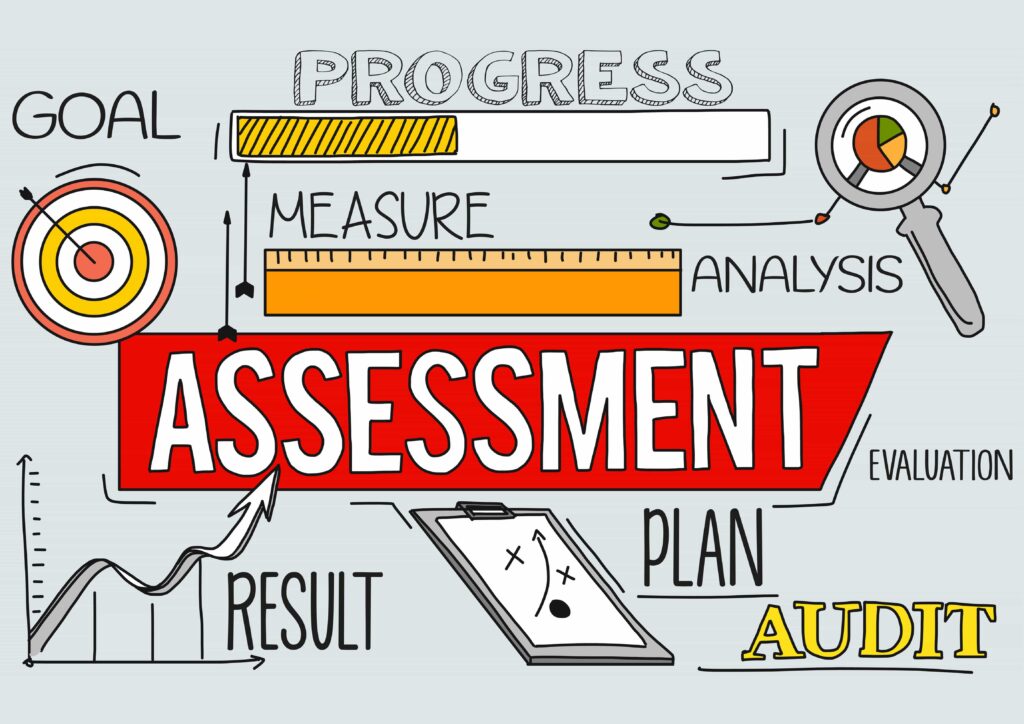In the end, everything comes down to materialism. And while you may be familiar with the phrase “materiality,” you may be wondering what it means in the context of environmental, social, and governance (ESG) and how it is determined.
For the purposes of this essay, we’ll define ESG materiality as well as discuss the elements that influence whether or not a topic is considered significant in the context of environmental, social, and governance issues.
An Introduction to the Concept of Materiality Analysis
Materiality refers to the process of determining which concerns are the most significant and are being handled by firms. These concerns are studied via two separate lenses after they have been identified as potential sustainability issues that are deemed to be directly related to an organisation’s value chain.
In order to assess the potential impact of issues such as reducing plastic packaging, sharing wealth, and working with sustainable suppliers, the organisation must consider the following:
- whether each of the ESG issues has the potential to positively or negatively impact organisational growth, cost, or trust; and
- how important each issue is to stakeholders. A visual representation of which issues should be prioritised based on their importance to the company’s development and the expectations of its stakeholders serves as the final product (that can directly affect the first).
For the purposes of this definition, a materiality analysis is a methodology that a corporation can use to identify and assess the potential environmental, social, and governance (ESG) risks that could have an impact on the firm and its stakeholders.
According to EY, organisations must consider if the issues to be addressed in the sustainability report and disclosures are significant enough to have an impact on a stakeholder’s decisions regarding the business. As a result of this study, firms can develop their long-term ESG strategy and targets, as well as choose the most effective reporting methodologies for the information gathered during the process.
What criteria do you use to establish materiality?
Given that materiality has a direct impact on which environmental, social, and governance metrics you collect and publish, it’s critical to approach the process with caution. This can be accomplished through the use of a materiality analysis.
What is the definition of materiality analysis?
A materiality analysis is used to evaluate which sustainability subjects should be prioritised by your business and, as a result, which topics should be included in your environmental, social, and governance (ESG) reports.
To begin, you’ll need to establish which issues are relevant to your stakeholders and which topics are not. The majority of the time, this is accomplished by conducting surveys or holding conversations with all of the different parties who contribute to or are impacted by the organisation. These parties include employees, customers, suppliers, business partners, community members, investors, and regulators, to name a few.
Consider which themes are most likely to have a social, environmental, or economic influence on your value chain as part of this process as well. In other words, the themes you choose should be related to your organisation’s long-term strategic goals.
Following that, you’ll need to decide what information concerning material issues you’ll share with the public. You can make better decisions about the information to include if you first determine what is most essential to internal and external stakeholders, as well as how the data will be used.
In the event that you already know the ESG reporting framework you intend to implement, this can be quite helpful in identifying material subjects and the metrics that go along with them. Take, for example, the SASB. The SASB guidelines contain a materiality evaluation map for environmental, social, and governance issues (shown above), which identifies and compares disclosure themes across different businesses. With respect to each topic, the SASB has identified appropriate accounting metrics that can be used for the purpose of reporting reasons.
It is ultimately up to you to select which topics are relevant to your business and what information should be made public on those issues.
The subjective nature of ESG materiality
A different definition of ESG materiality exists for each industry, context, and reporting structure. It all boils down to who is using the information and how they are using it to determine the concept of materiality.
Information may be important to one set of stakeholders, but it may be irrelevant to another group of stakeholders. That is why it is so critical to conduct an ESG materiality assessment before moving forward. This will assist you in determining which information to collect and include in your reports, as well as which information to keep out of the reports you prepare.
The 8 Advantages of Materiality Assessments
A successful ESG performance – perhaps defined by a formal ESG rating – hinges upon your methodology. ESG issues are such that negative impacts are as important as positive outcomes. Indeed, sustainable development is all about making progress towards the Sustainable Development Goals defined by the United Nations. Your stakeholders will be interested in your ESG performance, and they will be supportive of your efforts.
ESG materiality assessments have many advantages, including:
- It’s an opportunity for organisations to assess their business risks and opportunities, and ultimately to revise and improve their overall business strategy.
- They provide an opportunity to identify areas where organisations are adding or subtracting value from society.
- New methods of presenting a business case to senior executives on why and how to report environmental, social, and governance data.
- They give the information and tools necessary to assess several performance indicators (financial, social, and environmental);
- Identifying and evaluating future opportunities enables for the development of new products or services and, as a result, the ability to stay one step ahead of the competition.
- Assessments enable enterprises to concentrate their efforts on more effective resource allocation.
- Companies will be able to meet the expectations of stakeholders for sustainability reporting as a result of the research.
- You are likely to meet the needs of all stakeholders more effectively.
The findings and data gathered from the materiality evaluation can be utilised to provide content for CSR reports as well as communications with specific stakeholder groups like as investors, partners, customers, and workers.
Demand for Materiality Analysis is increasing
The science is clear: global greenhouse gas emissions have been increasing for years, and they must begin to decline by 3.5 percent between 2020 and 2030 if the average temperature on the planet is not to rise by more than 2 degrees Celsius by the end of the century.
In addition, cities that are flooding (such as Venice), forests that are burning at an unprecedented scale (such as the Amazonian and Californian forests), people who are dying because of heat waves (such as India), and agricultural sites that are seeing their yields decrease are already feeling the effects of the current temperature increase.
The general public’s knowledge of these issues is growing, and many are raising their voices to advocate for or demand that change be implemented. Businesses, for example, are one of the actors from whom people demand acts, as they are also being pushed to demonstrate greater openness and to implement socially responsible activities.
Consumers are increasingly choosing brands whose values (and successful activities) are consistent with their own, according to a number of polls conducted recently. Another reason why it is critical for the long-term sustainability of enterprises to adapt to their stakeholders’ expectations, is so they may detect and mitigate the impact of negative impacts upon the organisation.
Furthermore, there are legitimate internal hazards that must be taken into account. Because of rising temperatures and the extinction of reefs, as well as the extinction of 200 plant, insect, bird, and animal species per day, ecosystem services are jeopardised – and with them, entire supply chains reliant on raw materials and, consequently, enterprises. And it is for this reason that my investors are increasingly requesting environmental, social, and governance measures and information derived from methods like as materiality analysis before making an investment decision.


